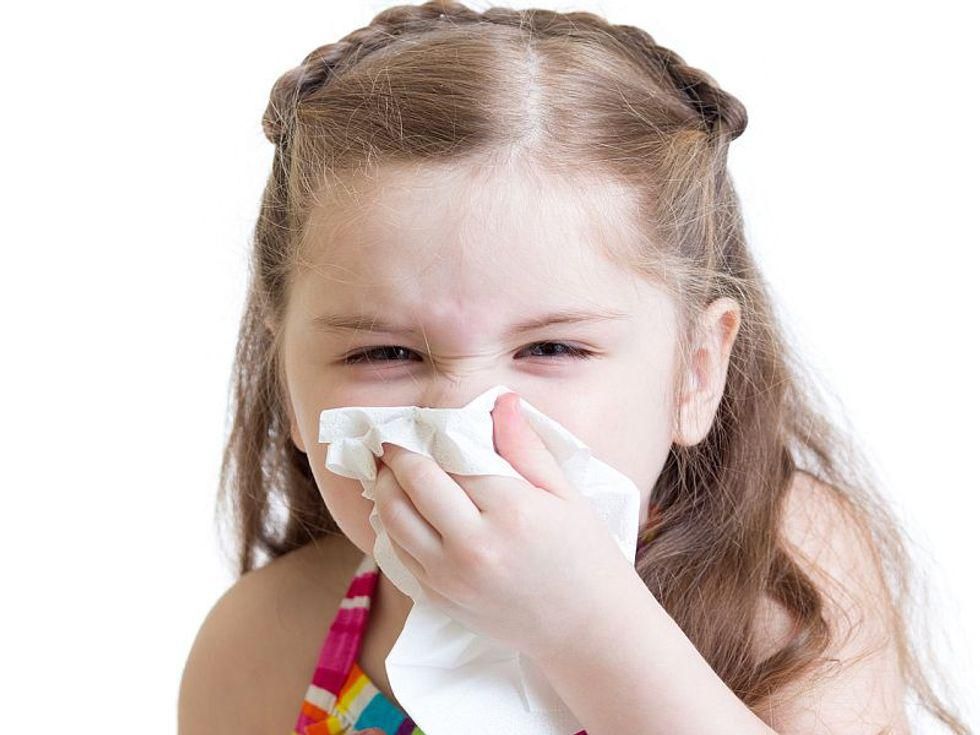TUESDAY, May 25, 2021 (HealthDay News) — The virus fueling the COVID-19 pandemic could become just an ordinary sniffle-causing nuisance within the next 10 years, a new study suggests.
Researchers stressed that the projection is based on mathematical models, and not a crystal-ball prediction.
But, they say, given what’s known about the human immune response to SARS-CoV-2 — the virus that causes COVID-19 — it is possible the pathogen will become “just another seasonal coronavirus.”
“The first wave is terrible because you have a virus that no one has been exposed to yet,” said Fred Adler, senior researcher on the study.
But as more and more people are exposed — to the virus itself or to vaccines — the human immune system will adapt, and the typical severity of COVID-19 could decline, Adler said.
When people have a mild case, he explained, they tend to “shed” less virus, which should mean fewer infectious particles that can be transmitted to others.
In other words, mild cases could simply cause other mild cases, said Adler, a professor of math and biological sciences at the University of Utah in Salt Lake City.
The notion that SARS-CoV-2 could join the ranks of ordinary cold viruses is not new. Other modeling studies have pointed to that possibility.
And in fact, there is a possible historical precedent for that scenario, Adler said.
A few coronaviruses have long circulated among humans, usually causing nothing worse than a cold, and often no symptoms at all.
Through genetic analyses, researchers have found that one of those coronaviruses — called OC43 — may have jumped from cows to humans back in the 1880s, Adler said.
That timing is intriguing, he noted, because a pandemic known as the “Russian flu” swept the globe starting in 1889, ultimately killing about 1 million people.
As the name implies, that disease was assumed to be influenza. But, Adler said, the evidence suggests it may actually have been caused by the species-jumping coronavirus — one that later became just a seasonal nuisance.
For the current study, recently published in the journal Viruses, Adler and his colleagues created mathematical models using evidence on the human immune response to SARS-CoV-2.
One piece is the fact that there is likely a “dose response” between virus exposure and severity of COVID-19: Exposure to fewer viral particles means a milder case. Many people, through prior infection or vaccination, will maintain some degree of immunity that protects them against severe COVID while limiting their shedding of viral particles.
Adler said another “key component” relates to children: It’s clear they usually get only mildly sick with COVID-19. So even as babies are born, and there’s a population newly exposed to SARS-CoV-2, they may be a source of only mild, “low-shedding” infections.
Together, the researchers’ models suggest, those factors could push SARS-CoV-2 toward “avirulence,” making it just an ordinary coronavirus within the next 10 years.
The “hope,” Adler said, is that it would no longer require a vaccine.
That trajectory is possible, but so are others, said Jeffrey Shaman, a professor of environmental health sciences at Columbia University Mailman School of Public Health in New York City, who reviewed the findings.
Instead of becoming just another “wimpy” coronavirus, Shaman said, SARS-CoV-2 might evolve into something like the seasonal flu: relatively mild in most people, but a cause of hospitalizations and deaths among the elderly and those with certain medical conditions.
Shaman cautioned that the current study is an “exploration of how this might play out,” and no one can predict the future.
“Unfortunately,” he said, “we just have to live through it.”
One important statistic to monitor, Shaman noted, will be the proportion of people diagnosed with COVID who die from it.
At this point, there are still many unknowns, including the duration of protection from vaccinations and prior SARS-CoV-2 infection. There also are the new and more contagious variants that have emerged as the pandemic drags on.
But, Adler said, it’s not only viruses that change: The human immune system learns and adapts — as the principle behind vaccination underscores.
Adler noted that there are more than 100 rhinoviruses that constantly mutate yet primarily cause runny noses and coughs. What will be key about any SARS-CoV-2 variants, he said, is whether they are significantly different enough to fool our immune systems.
“People want to know: When can we stop worrying about this?” Shaman said. “Well, we don’t know.”
But, he added, “I am hopeful this will settle into something that’s much less disruptive to our lives.”
More information
The World Health Organization has advice on preventing COVID-19.
SOURCES: Fred Adler, PhD, professor, math and biological sciences, University of Utah, Salt Lake City; Jeffrey Shaman, PhD, professor, environmental health sciences, Columbia University Mailman School of Public Health, New York City; Viruses, May 7, 2021, online
Copyright © 2025 HealthDay. All rights reserved.

